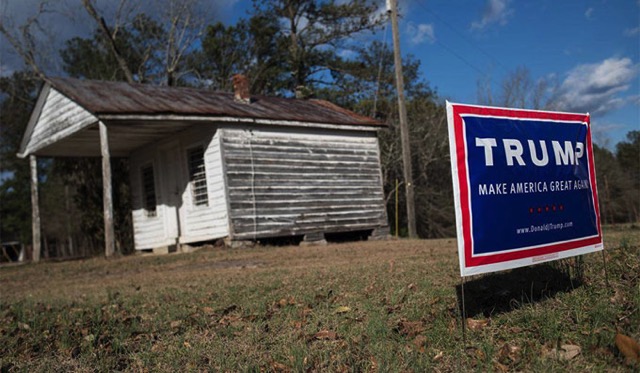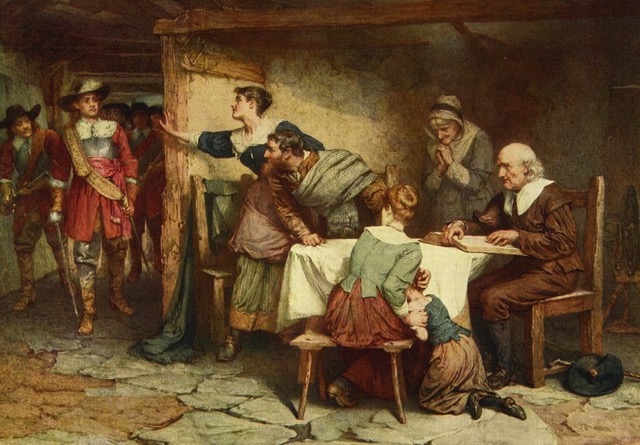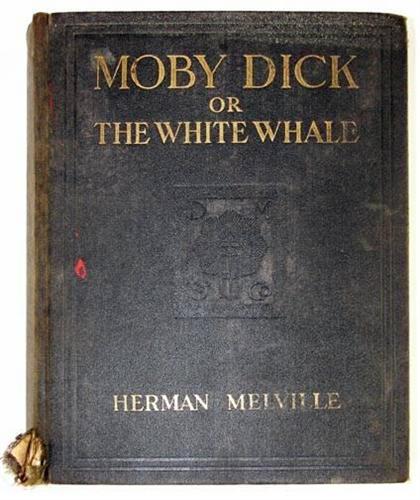(clip above is all I could find, and a faster tempo than I’m familiar with)
I read this article recently. I don’t know the author, have come cross the name a few times. Perhaps he will write an equivalent which looks in the other direction.
It irked me on a number of levels. One of these is the implication that sectarian attitudes in Northern Ireland only flow in one direction, out of only one community. There are individuals within all communities who think they are better than others. At a very trivial level, people in my neighbouring village think that they are better than the people in the next village along. Some people in Bangor do think they are better than people from Newtownards, it’s not just a cliché. Every ‘tribe’ around the world has graceless, even supremacist, individuals and ideas.
Some within cultural Protestantism can think that way. But real, theological, Protestantism is the very opposite. “Grace Alone” is one of the cornerstones of the Reformed faith. What this means is that there is nothing in oneself to be proud of. Here’s an example.
James Martin Gray (1851–1935) was a well-known figure in evangelical circles in the USA. His father Hugh Gray (1805-51) was from Bangor, County Down, and many generations of the family had lived at Gray’s Hill. Hugh’s father James (1782–1859) is named on a gravestone in Bangor Abbey graveyard. It is possible that he was related to Betsy Gray of 1798 Rebellion fame.
Hugh married Letitia Patterson at First Bangor Presbyterian Church in 1834 and they emigrated to New York around 1835. However Letitia died and Hugh later married a Mary Ann Martin. Across the two marriages Hugh was father to eight or nine children, of whom James was the youngest.
James' Wikipedia entry gives lots of detail of his life. Here is a sizeable bibliography of his writings. Some of his writing is still available digitally. He is little-known today, but here are the words a hymn he wrote which is known worldwide, which has a belter of a melody which was written by Daniel Towner:
Naught have I gotten but what I received;
Grace hath bestowed it since I have believed;
Boasting excluded, pride I abase;
I’m only a sinner saved by grace!
Only a sinner saved by grace!
Only a sinner saved by grace!
This is my story, to God be the glory,
I’m only a sinner saved by grace!Once I was foolish, and sin ruled my heart,
Causing my footsteps from God to depart;
Jesus hath found me, happy my case;
I now am a sinner saved by grace!Tears unavailing, no merit had I;
Mercy must save me, or else I must die;
Sin had alarmed me, fearing God’s face;
But now I’m a sinner saved by grace!Suffer a sinner whose heart overflows,
Loving his Savior to tell what he knows;
Once more to tell it, would I embrace—
I’m only a sinner saved by grace!
It’s one of those classics which could have featured in a John Ford movie. When you grasp that you have absolutely no merit of your own to bring to the table, then there’s no opportunity for pride. The liberty of 'Grace Alone' is a concept which destroys once and for all works-based religious effort. And so you have no basis to regard yourself as better than anyone else
Gray was in England in 1912 and was recommended to return to the USA onboard the Titanic, but he stuck to his travel arrangements and sailed a week sooner on a different boat.






 A SCOTCH-IRISH SETTLEMENT, 1735
A SCOTCH-IRISH SETTLEMENT, 1735 As the media world continues to obsess about Trump, one of our own prominent radio journalists told his audience today the every night he watches Fox News just to see what Trump has been up to. (He's a smart guy, I hope he was jesting - but it was a quip with significance, and shows the scale of the Trump personality). It's tragic and yet also perfect - perfect because for our celebrity age we now have the ultimate celebrity villain giving other celebrities opportunity to say publicity-grabbing things about him, which feeds the media machine and a generation of one-time news journalists who have become little more than gossip columnists then sensationalise and excitedly regurgitate the latest remarks and tweets, and invite other semi-celebrities to comment on them too.
As the media world continues to obsess about Trump, one of our own prominent radio journalists told his audience today the every night he watches Fox News just to see what Trump has been up to. (He's a smart guy, I hope he was jesting - but it was a quip with significance, and shows the scale of the Trump personality). It's tragic and yet also perfect - perfect because for our celebrity age we now have the ultimate celebrity villain giving other celebrities opportunity to say publicity-grabbing things about him, which feeds the media machine and a generation of one-time news journalists who have become little more than gossip columnists then sensationalise and excitedly regurgitate the latest remarks and tweets, and invite other semi-celebrities to comment on them too.


 Another source, a good generation before the ‘Famine Irish’ arrived in vast numbers, showing the usage of the term Scotch-Irish, this time in a fairly academic volume entitled A New System of Modern Geography or a View of the Present State of the World (Boston, 1822). The author,
Another source, a good generation before the ‘Famine Irish’ arrived in vast numbers, showing the usage of the term Scotch-Irish, this time in a fairly academic volume entitled A New System of Modern Geography or a View of the Present State of the World (Boston, 1822). The author,  Due to his seemingly endless flow of the bizarre, the incompetent and the ridiculous, since his inauguration Donald J Trump has become even more of a figure of ridicule and hate. I can’t think of a media outlet apart from Breitbart which could be considered anything other than anti-Trump. In some cases I think the media has rushed to exaggerate and misrepresent. But he has made it easy, very easy for them to do so. I am not a fan of Trump, but I am drawn towards the people who put their trust in him at the ballot box, who saw him as being their last opportunity for change in the corporate-political empire.
Due to his seemingly endless flow of the bizarre, the incompetent and the ridiculous, since his inauguration Donald J Trump has become even more of a figure of ridicule and hate. I can’t think of a media outlet apart from Breitbart which could be considered anything other than anti-Trump. In some cases I think the media has rushed to exaggerate and misrepresent. But he has made it easy, very easy for them to do so. I am not a fan of Trump, but I am drawn towards the people who put their trust in him at the ballot box, who saw him as being their last opportunity for change in the corporate-political empire.


